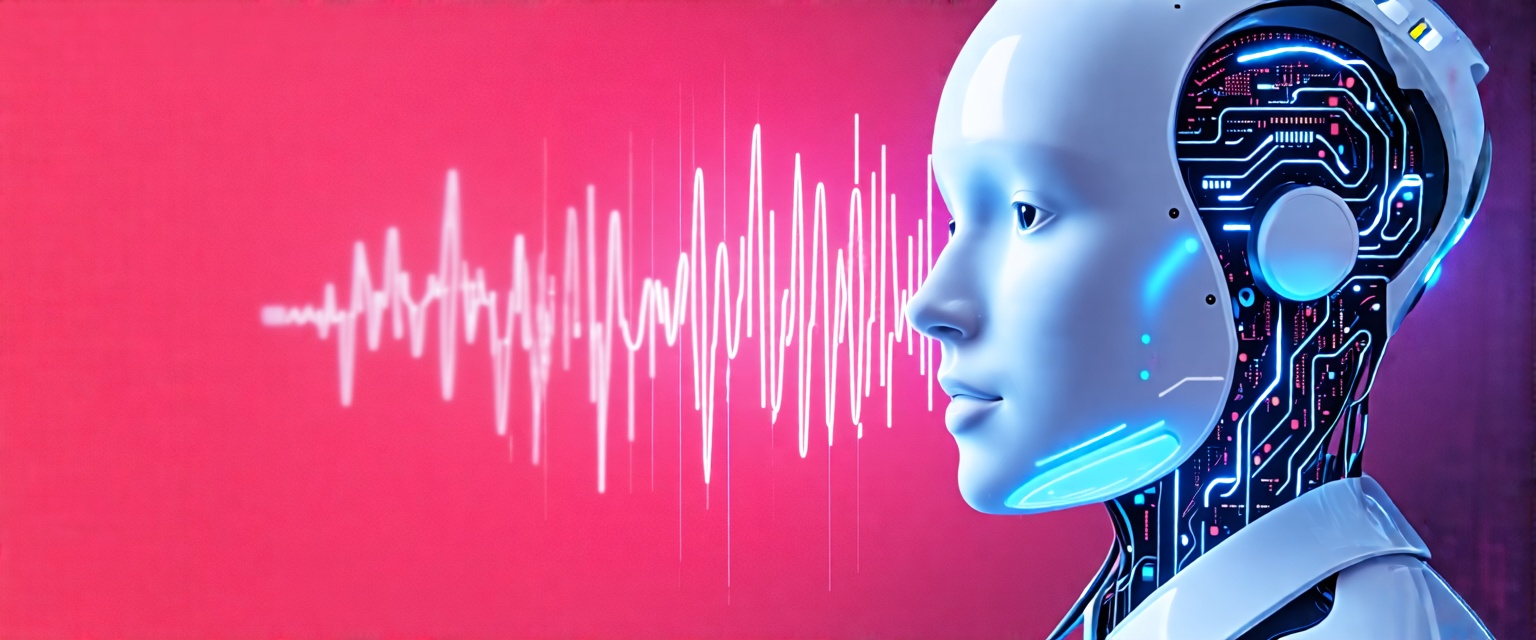
Imagine a future where doctors, nurses, administrators, and patients can effortlessly communicate with AI systems through natural, conversational speech—where machines respond in real-time being helpful, harmless, and honest. Voice-enabled AI is increasingly becoming a reality and can transform healthcare.
Current State of AI in Healthcare
Generative AI is making rapid strides across industries, and healthcare is no exception. From clinical decision support to administrative efficiency, AI-powered tools are transforming how professionals operate. While text-based generative AI, such as ChatGPT, has garnered significant attention—leading platforms now handle millions of queries per day—the integration of voice has lagged behind. Most healthcare AI applications today rely on chat interfaces, where users input text and receive recommendations or assistance.
However, there is growing recognition that voice, rather than text, should be the primary interface in healthcare settings. As AI becomes more ingrained in daily routines with ever increasing versatility, voice interaction could unlock even greater potential for productivity and patient care.
Why Voice Matters as the Human-Machine Interface in Healthcare
While text-based interactions have proven valuable, they are not the most natural or efficient means of communication, particularly in high-stakes environments like healthcare. Voice, as the most intuitive form of human interaction, offers unparalleled advantages. For healthcare professionals juggling multiple tasks, voice commands could streamline workflows, save time, and reduce cognitive load.
In fact, voice technology is already well-established in certain healthcare specialties. Radiology, for example, has seen over 90% adoption of voice dictation software in developed countries.
What Does a Voice-First Human-AI Interface Look Like?
For voice-enabled AI to truly transform healthcare, several key features are essential:
-
Real-Time Interaction: In fast-paced healthcare environments, delays are unacceptable. Voice interfaces must offer real-time responses to maintain the efficiency healthcare professionals rely on.
-
Accuracy: High precision is crucial, especially when dealing with specialized medical terminology. Voice systems must consistently deliver low word error rates (WER) to be viable in clinical settings.
-
Domain-Specific Fine-Tuning: As healthcare vocabulary evolves, AI models need to be continuously fine-tuned. Specializations like radiology or pathology require tailored models that can adapt and improve over time.
-
Multilingual Support: Healthcare is global, and AI systems must be able to understand multiple languages, accents, and domain-specific vocabularies to serve diverse patient populations effectively.
-
Human-Like Interaction: Emotional tone and nuance matter in healthcare. AI voice interfaces should be empathetic and conversational, fostering trust and enhancing patient engagement.
In addition, AI voice systems must integrate seamlessly with existing healthcare infrastructure, such as electronic health records (EHRs), medical imaging, ERPs platforms, and many more to provide a comprehensive, agentic system.
Is the Technology Ready?
Many of the components required for voice-first AI in healthcare already exist. Automated Speech Recognition (ASR) has matured significantly, with platforms like OpenAI’s Whisper and Amazon Transcribe Medical offering real-time, high-accuracy speech recognition. These technologies can be fine-tuned for specific healthcare use cases, supporting multiple languages and filtering sensitive patient data.
Natural Language Processing (NLP) is equally advanced, allowing AI to interpret speech, detect intent, and integrate with other tools. Meanwhile, Text-to-Speech (TTS) technology, such as Amazon Polly, can generate human-like responses in multiple languages, further enhancing the interaction.
The Future of Voice in Healthcare AI
The conditions are ripe for the resurgence of voice as the primary AI interface in healthcare. As AI continues to evolve, voice interaction has the potential to become the dominant mode of communication between humans and machines—not only improving efficiency but also enhancing the quality of care. In professional healthcare settings, voice-first AI tools could soon become the new standard for seamless, intuitive, and effective interaction.
Voice-enabled AI is not just the future—it’s the next logical step for healthcare technology.

